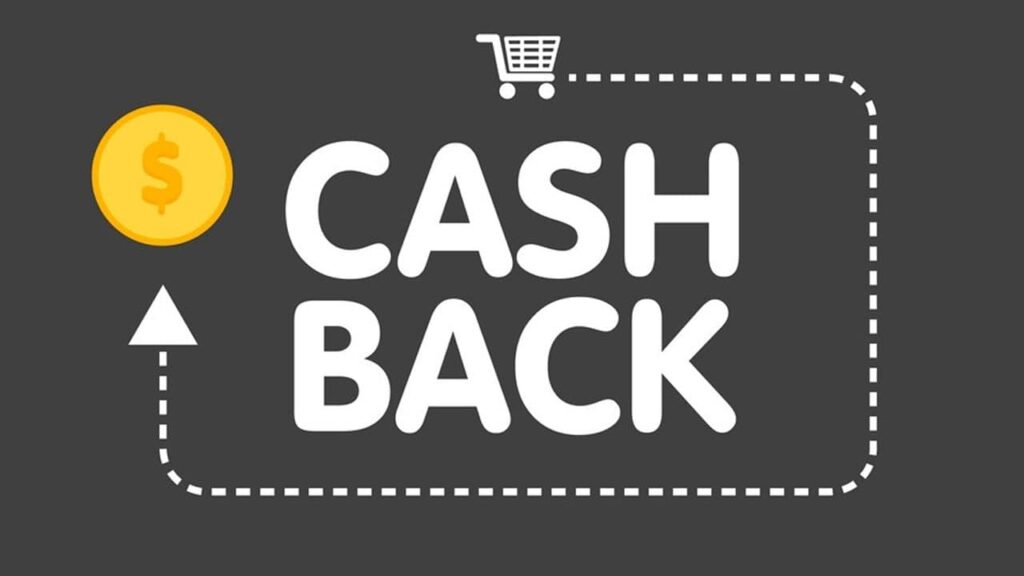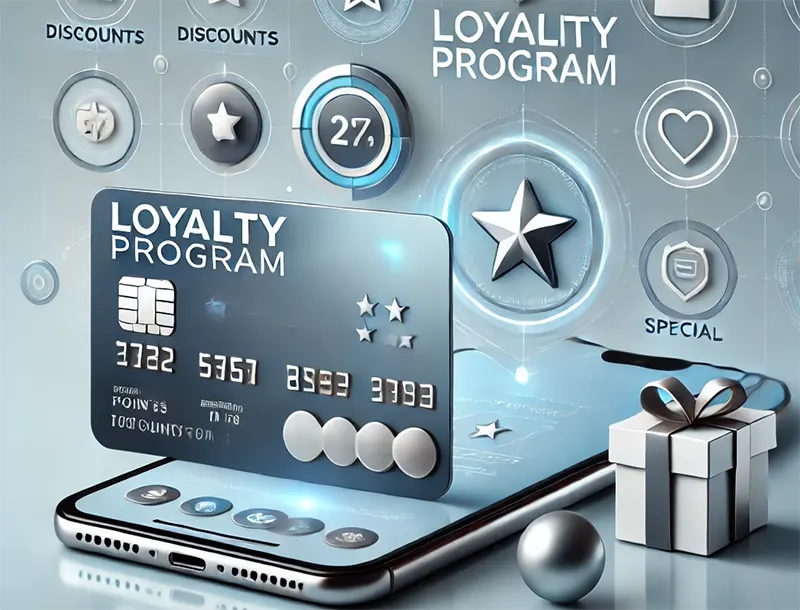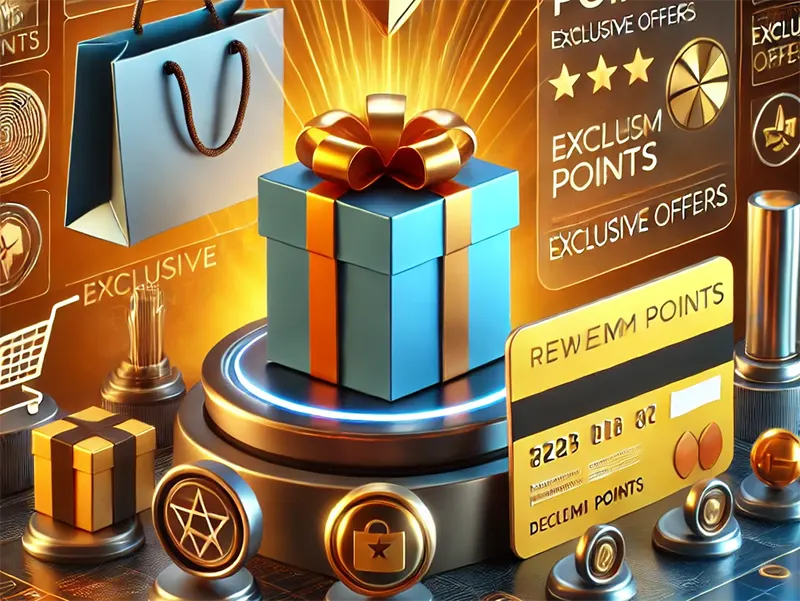Review of the Best Loyalty Programs for Online Stores
Contents
To retain a customer, the administrations of online stores come up with more and more ways, and a loyalty program is one of them. It aims to keep the customer as satisfied as possible, encouraging them to continue shopping at this particular store. Ideal shopping should be beneficial for the customer as well. Therefore, during the pre-holiday rush, stores hold various promotions and create reward programs for customers. Let’s take a closer look at the types of loyalty programs, how they are implemented, and how they work.
What is a loyalty program?
A loyalty program is a customer reward system developed by the store. It’s a comprehensive set of marketing tricks and techniques aimed at increasing the number of customers. It’s essentially a mechanism and plan for effective interaction with the customer base. In other words, for purchases, the customer gets something nice from the store, such as discounts, bonuses, gifts, etc.
To develop the right and effective system, the type of business and its various economic indicators are taken into account. This is important in areas where new customers are constantly appearing, but the old ones haven’t gone anywhere. For example, mobile communications or retail. Another goal of the loyalty program is to make the store stand out against competitors. Otherwise, it’s hard to survive in the business.
Why are loyalty programs needed?
The development of a reward system is aimed at attracting as many customers as possible, who will eventually become regulars. Therefore, they need to be periodically pleased so that they don’t run off to competitors. And New Year’s is a great occasion for that.
What other problems does a loyalty program solve:
- budget optimization through personalized offers;
- reducing the outflow of potential customers;
- increasing the average receipt;
- boosting sales volume;
- improving the brand’s reputation in the eyes of customers;
- raising the interest of the target audience, among others.
A well-designed loyalty program also helps in building a database with phone numbers, birth dates, and other customer information. Through an effective reward system, you can make the brand recognizable. For example, you visit “Sunsky” for the first time and receive a Club Card, which provides a cumulative discount on subsequent purchases. You tell a friend about it, and they decide to treat themselves with the same during the New Year, bringing them to the store. This means the system works.
How does a loyalty program work?
To become a participant in the privilege program, a simple registration is required. The customer fills out a form, providing personal information: full name, date of birth, phone number, and email. Sometimes an address is also requested. Then the participant receives one of the identifiers: a personal card or a number, which is presented during future purchases. In some cases, it is enough to provide your name and phone number, and the manager will check the database to see if you are registered in the system.
To participate in some loyalty programs, a smartphone may be required to download a mobile app with a special QR or barcode. After making and paying for a purchase, the operator will scan the code. The customer earns bonus points that can be used to pay for future purchases.
Top-3 Best Online Stores
Types of Loyalty Programs
Whatever the customer rewards program may be, it’s important to evaluate potential risks and its profitability beforehand. Let’s take a look at the common types of programs.
Discounts
This is the simplest type of loyalty program to implement. The customer either receives a fixed discount percentage or a cumulative discount. In other words, the more you buy, the larger the discount for future purchases. The store determines which products the discount applies to. A great example is the online store Cotosen. In addition to discounts, loyal customers can also receive discount promo codes. Discounts for bloggers and gifts for purchases are also offered, which can help save money when searching for New Year’s gifts.
Bonuses
The principle of such a rewards program involves earning bonus points that can either be used as payment for future purchases or accumulated over time. After a certain period, the accumulated points can be exchanged for items in the store. Usually, the validity period of the points is 1 year, and New Year is a great opportunity to exchange them for a gift before they expire.
In addition to points, various promotions can offer a free gift, such as the seventh cup of coffee or a discount coupon. However, it’s essential to be very careful when awarding bonuses and thoroughly think through how points will be redeemed to avoid losses. For example, points can only be awarded or redeemed after a certain time has passed.
Cashback
This is one of the most popular modern customer rewards systems. The principle is simple: receive a certain percentage back from the purchase amount. For example, if a bag from the AliExpress store costs 100 USD and the cashback rate is 3%, the customer will receive almost $3 as cashback. The accumulated amount can also be used to pay for future shopping. Nowadays, cashback is offered everywhere: in banks, by mobile operators, travel companies, pharmacies, and more. Before holidays, many stores increase cashback rates, making such loyalty programs highly rewarding.

Umbrella Loyalty Program
This type of rewards system is suitable for large organizations or holdings that operate in several sectors at once. For example, food, taxis, courier delivery, etc. The main goal here is to promote a new service or product, as well as additional services offered by the company.
Joint Loyalty Programs
It’s common for companies with similar target audiences to run joint promotions. It’s important that the companies don’t compete, ensuring both parties benefit. For example, an airline might launch a promotion in partnership with a hotel chain.
In practice, it looks like this: a customer buys a ticket from the airline and, upon arrival at their destination, checks into a specific hotel as part of the promotion. The price for the flight or hotel stay, or sometimes both, is reduced. As a result, both the airline and hotel chain expand their customer bases simultaneously. This is an example of a partner program.
Personalized Offers
Today, many online stores understand that it would be unwise not to use modern technologies to promote their brand. Moreover, this helps to develop loyalty programs with personalized conditions for each customer. For example, neural networks act by taking into account the interests and preferences of the buyer, offering specific incentives for making a purchase.
Some people like discounted products, others prefer double cashback, while some want a promo code — all of this is analyzed by artificial intelligence. Meanwhile, the customer receives a personalized offer or a notification that their favorite store is running a promotion for loyal customers.
Value-Focused Programs
A value-based loyalty program offers non-material benefits to the customer. It is based on the fact that the customer and the company share similar interests or attitudes towards something. For example, a store may decide to participate in a charity event and offer support by donating a percentage of each purchase. Help is usually provided to orphanages, nursing homes, various charitable foundations, and other people in need. Such a loyalty program is best introduced before the New Year, as everyone dreams of a gift during this warm holiday season.
Tiered Programs
In some business sectors, the category of the client matters, while there are loyalty programs where all clients are treated equally. In this case, income, job, car ownership, etc., are irrelevant. But there are incentive programs where these factors are taken into account. Therefore, the company considers it reasonable to create a tiered loyalty program. This is especially relevant if it’s clear that the customers are diverse.
The more a customer buys, the more privileges they receive. Typically, such loyalty programs consist of 3-5 levels, with a VIP level for customers who receive the maximum rewards from the store: high discount percentages, exclusive access to products and promotions, etc. However, to implement such a program, the following will be required:
- advanced software;
- an IT system with a well-established action algorithm;
- well-trained staff;
- high-quality service.
A loyalty program can consist of only one type or be presented in multiple forms. For example, the Banggood store’s privilege program offers cashback up to 10%, accumulation of points that can be used to pay up to 20% of the purchase amount, as well as personalized cards that provide up to 10% discounts on new collection items.

Choosing a Loyalty Program
Before developing a reward system, analyze your marketing strategy and your primary goals. If you want to increase the average order value, focus on the KPI and choose a privilege program targeting this segment. The main focus of the program is the customers, so don’t ignore their opinions. Conduct a survey, find out their preferences and desires regarding the reward system. This way, you get feedback straight from the source.
Legal consultation is also advisable, as an improperly designed loyalty program may lead to legal issues. Discuss with a lawyer the mechanism of the future program and ways to activate or deactivate cards. Also, inform the lawyer of how the accumulated points can be spent. You should know what documentation to prepare, which laws to rely on, and what penalties could follow if these laws are violated.
When choosing a reward program, it’s important to:
- not ignore existing cases – sometimes you can find something suitable in them;
- analyze the budget you are ready to allocate for these purposes;
- carefully plan how the loyalty program will work considering the specifics of your target audience;
- consider the real economic picture – daily revenue, average order value, etc.
Assess the technical capabilities you can provide realistically. Even the simplest mobile app for a loyalty program is not an easy task. Also, consider seasonality. When the New Year is approaching, almost any loyalty program will be relevant.
When a Loyalty Program is Essential
Of course, having a reward program is beneficial for business. But that doesn’t mean a company is doomed to failure if there’s no loyalty program. Sometimes a business simply isn’t ready to have a reward system. However, let’s look at situations where a loyalty program is essential.
If you see that your business is generating stable revenue and has long paid for itself, it’s time to launch a loyalty program. Discounts and bonuses in business equate to costs and reduced profits. For example, free delivery incurs additional costs for transport, fuel, vehicle maintenance, courier salaries, etc.
If the company faces so many competitors that customers must be “won back” or attracted, a loyalty program is the solution. In this case, you need to launch an interesting promotion for a product or service, attract celebrities — in short, do everything possible not only to stand out from competitors but to leave them behind.

Sometimes it is clear that the company is not sparing expenses on advertising: it’s well-known, people talk about it, it’s being discussed, but the number of customers isn’t increasing. In this case, a well-structured reward system can help. Customers will then discuss not only your store but also the gifts they can receive from you. One more satisfied customer with a New Year’s gift is always a good thing.
Companies with a large customer base will sooner or later have to pay attention to which clients are more numerous and which are less. This is useful for updating the assortment and analyzing the target audience as a whole. And here you might notice that your buyers are diverse — different genders, ages, income levels, etc. Then it’s time to develop a loyalty program with different levels of participation.
Conclusion
A loyalty program is a way to retain customers and subtly encourage them to make repeated purchases. Customers earn points for purchases, which they can use next time. With a loyalty program, the customer may also receive a discount card, a gift, or a pleasant bonus from the company. This is especially important for customers during the New Year’s rush, when expenses are skyrocketing.
There are many reward system options, and before choosing one, weigh the pros and cons, determine your budget, and analyze whether your business is ready for such expenses. Set clear goals you want to achieve with the loyalty program, review your client statuses. This will help you calculate future profitability and determine if the reward program is necessary.

Reviews